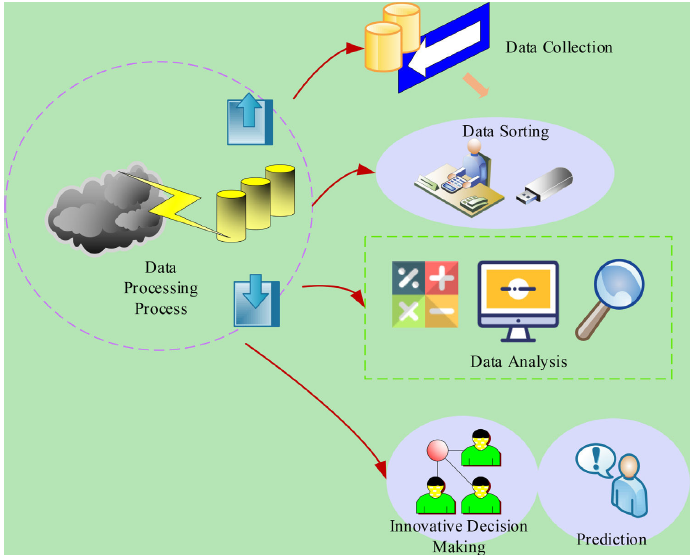How Big Data and AI are Revolutionizing Air Quality Monitoring in Environmental Applications
AIBIG DATAAIR QUALITY TRACKING


Introduction
Air pollution is a trending global issue that creates significant risks to the public health sector and the environment as a whole. Conventional methods of air quality tracking include drawbacks, like high financial expenses, limited exposure, and low precision. In this blog post, we will discuss how environmental scientists and software developers unite to engineer revolutionary air quality monitoring software applications through innovative technologies such as big data and artificial intelligence (AI).
The Challenges of Traditional Air Quality Monitoring Methods
Air pollution is a crucial environmental matter that affects people worldwide physically and mentally. If scientists rely on old-fashioned air quality tracking methods, their results would not be deemed statistically significant, and overcoming the challenge of effective air quality monitoring becomes a challenge itself. According to a study published by Fu et al, 2023 in the Elsevier Journal discussing the role of artificial intelligence in air quality monitoring, it is evident that traditional methods of air quality monitoring include limitations, such as high costs, limited coverage, and low accuracy. Because of this reason, environmental scientists are exploring the use of big data and artificial intelligence (AI) to overcome these challenges and revolutionize air quality monitoring.


Process procedures of the environmental monitoring information via Big Data. (Fu et al., 2023)
The Benefits of Combining Big Data and AI in Environmental Monitoring
Big data and AI technology have the ability to innovate air quality monitoring and environmental protection. Through the use of big data and AI, environmental analysts are able to use data to benefit the planet in several ways:
Analysts can compile large amounts of data and analyze patterns and trends that would be difficult to detect using traditional methods.
Fusing AI and big data can create context-based recommendation systems which helps give environmental analysts and individuals suggestions on how to act in accordance with air pollution based on historical data.
AI-based applications can help environmental analysts to determine a set of significant factors that contribute to climate change and how to tackle these factors in order to reduce the effect of global warming.
Innovative Decision-Making Methods for Air Quality Monitoring
In this study, the authors propose innovative decision-making methods based on big data-assisted artificial intelligence techniques. They review various AI models, including Artificial Neural Networks (ANNs) and Adaptive Neuro-Fuzzy Inference Systems, and their applications in water quality surveillance and evaluation. Artificial Neural Networks are a common yet effective method to create revolutionary decisions for environmental scientists in terms of water quality surveillance, air quality monitoring, and other environmental aspects. According to the figure below, a neural network functions in the following way:
First, it takes environmental data as input. This data can be data related to water quality, air quality, other environmental factors.
Then this network does a convolution layer or filter for the data multiple times until it processes the data into a pool.
The filtered data then are fully connected like a neural network and produce outputs of significant data which answer specific questions that environmental scientists ask. Such questions include: Is the air highly polluted to a point where residents of a certain geographic location will suffer from respiratory diseases within the next 5 years? Is the water polluted to a point where farmers cannot use it to water their crops? How can we treat these factors?
All these questions can be answered through the help of AI.


Model architecture of CNN. (Fu et al., 2023)
The Future of Air Quality Monitoring and Environmental Protection
As we continue to tackle environmental issues, the future protection and enhancement of our planet and quality of life relies on AI and big data solutions. By compiling large amounts of data and determining longitudinal patterns and trends, scientists can provide significant insights that can help solve the problems existing in air quality monitoring. The future of air quality tracking and environmental preservation depends on the integration of big data and AI technology to provide high-quality ecological and environmental products based on quality improvement and environmental risk assessment and prevention.
Conclusion
Overall, the use of big data and AI technology deems a hopeful promise for innovating air quality monitoring and environmental protection. By relying on advanced data analysis and machine learning concepts, scientists can better understand air quality trends and evaluate environmental risks. As we look to the future, the application of big data and AI in environmental monitoring will play a crucial role in addressing the challenges posed by air pollution and contributing to a healthier and more sustainable planet.
Subscribe to our newsletter


